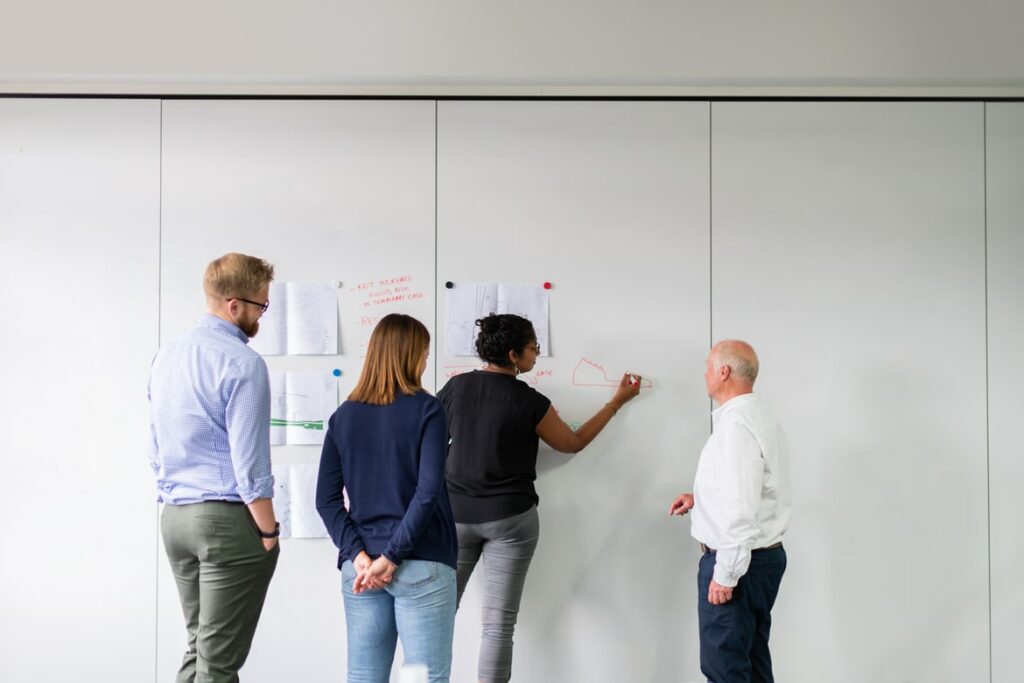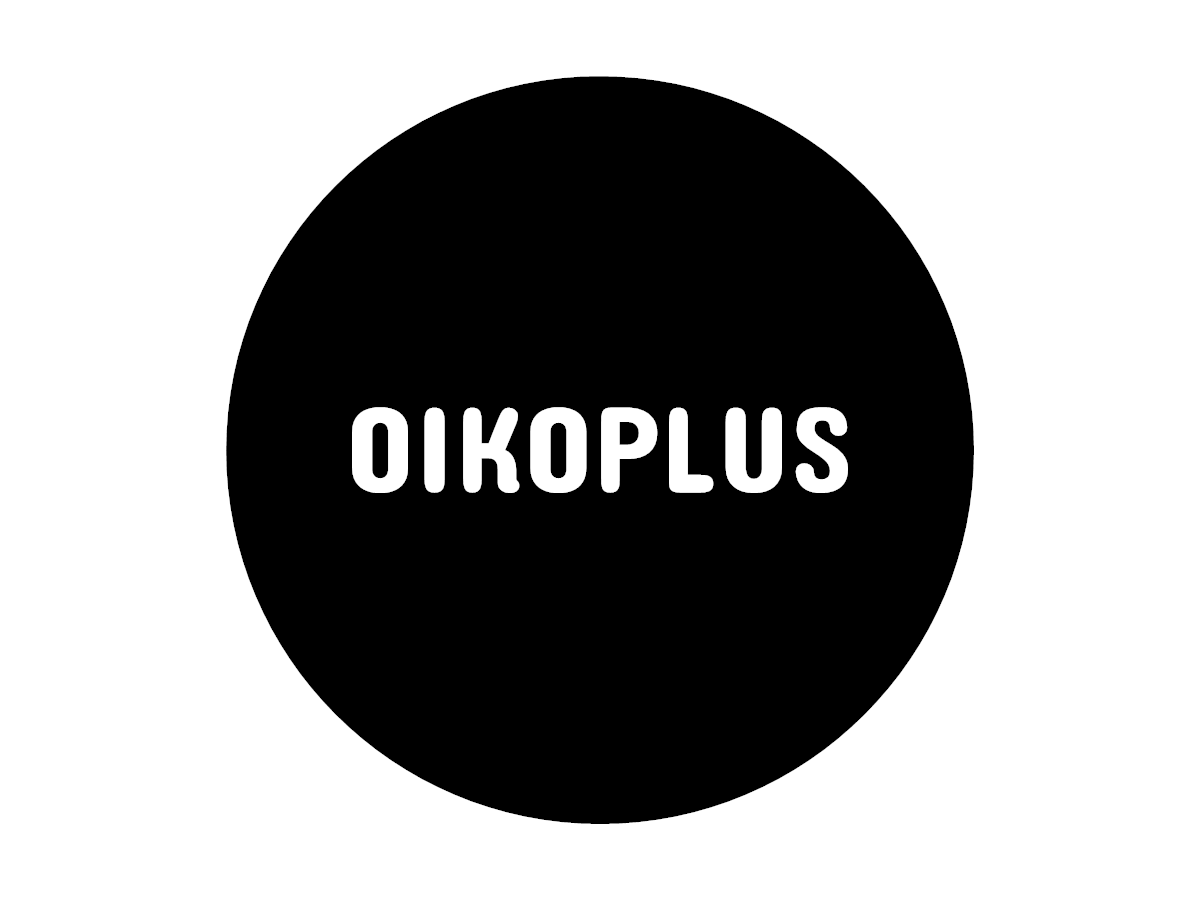Team meetings, project meetings, informal gatherings, and conferences. It is impressive how different meetings are conducted and experienced. Without focusing on online meetings, this reading list collects publications and ideas on the topic.
Well-managed meetings
Good meetings save time and are productive. They create a pleasant atmosphere and convey appreciation. They achieve a goal, a compromise, or a basis for discussion for subsequent meetings. Some basic requirements apply. A room with windows is one of them. An agenda that can still be adjusted and modified. Space for discussions beyond the agenda and, depending on the meeting occasion, at least the prospect of catering.

But then the meeting begins. On his streaming channel, Max Castéra explains the model of group dynamics created by Bruce Tuckman in 1969. It shows the four phases of a (professional?) get-togethers. In his model, Tuckman divides meetings into Forming, Storming, Norming, Performing (Abstract to Tuckman’s original). The most significant insight for me was how important time is for creating group dynamics, and the fact that goal and time are relational. And you can influence that.
Shaping group dynamics in meetings
If you are organizing a meeting on an alpine pasture or self-catering hut, you can find the catalogue for group dynamics exercises of the Austrian Youth Red Cross. “Know your own Team! writes Mindtool in Improving group dynamics. The list of dominant characters within groups is also informative. The most comprehensive list for leading and shaping meetings and seminars is from Kevin Yee et al. He collects 289 freely accessible and comprehensibly categorized ideas for interactions.

Agenda and sense of time
I start with work situations. I don’t think the perfect agenda exists. There are, however, plenty of considerations on the topic. See here and here. If we then include the active shaping of group dynamics in the agenda, it usually becomes apparent that the program is ambitious. Boosting productivity comes in handy.
You could minimize the time to find solutions. In 1999, Bluedorn et al. argued in the Journal of Applied Psychology that meetings in which people stand, take 34% less time to reach solutions. The scientists compared the solution-finding process of 56 group constellations.

There are other ideas for active (time) management. For example, the Pomodoro Technique (app recommendations). The timer organizes one’s own, but also groups dynamic work processes in 25-minute intervals with breaks. During breaks or at the beginning of a longer session, you can exercise and activate your body and mind (e.g. the Active Meetings Guide der Emory University). More radical approaches are in the 16 Out of the Box Meeting Ideas by the Great Barn. Get out, drink coffee. Radical?
Good Meetings
I leave with a good feeling, knowing that we have taken a step forward. I have new ideas. There were creative and productive phases. And breaks.
I attended many well organized and excellently led meetings. People with marvellous skills in rhetoric, strategic empathy, and para-verbal aspects. But his is for further reading lists to come.

